It’s like a holiday party, except everyone actually has lots of fun.

Hunting down the best cultural events on the calendar this time of year has become something of a holiday tradition here at Sophia’s.
You see, in America, Thanksgiving Day marks the beginning of the Christmas and holiday season. This is a great time to catch the best activities to do with the family before the year ends.
Serious Christmas fans will need no introduction to Mexican posadas. But, if you’re new around here, you’re in luck because in this blog we’ll delve into the magical world behind Mexico’s most lively Christmas traditions.
What Are Posadas Navideñas?

Posadas Navideñas are a sequence of social gatherings leading up to Christmas Day. These celebrations commemorate the nativity story and mark the journey of Mary and Joseph to Bethlehem in search for a place to stay.
Being a predominantly Catholic country, most Mexican posadas feature traditional food, drinks, and music, plus key Christmas decorations like evergreen wreaths, mangers, ornaments, and garlands.
Posadas are undoubtedly among the many culturally diverse traditions you can discover around the world. Mexicans associate posadas with chilly nights surrounded by family and friends, singing, eating warm food, and spreading holiday cheer.
How did Posadas Navideñas Originate?
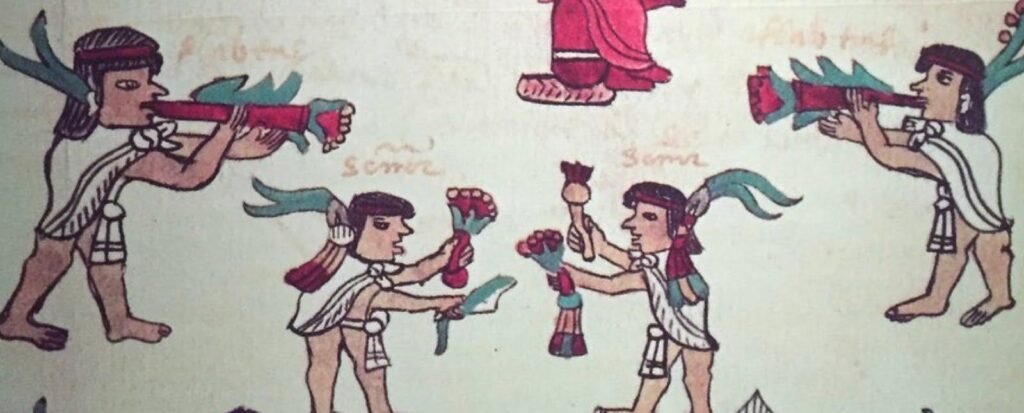
It’s no surprise that posadas were established by the Spaniards as a way to teach Christmas to the native people of Mexico. These celebrations were meant to substitute Aztec traditions, such as the arrival of Huitzilopochtli (the God of War), called Panquetzaliztli.
Masses followed by pilgrimages were held nine days prior to Christmas Day, re-enacting Mary and Joseph’s search, going back and forth until they were finally “admitted” to an inn, or a posada in Spanish.
When Do Posadas Navideñas Take Place?
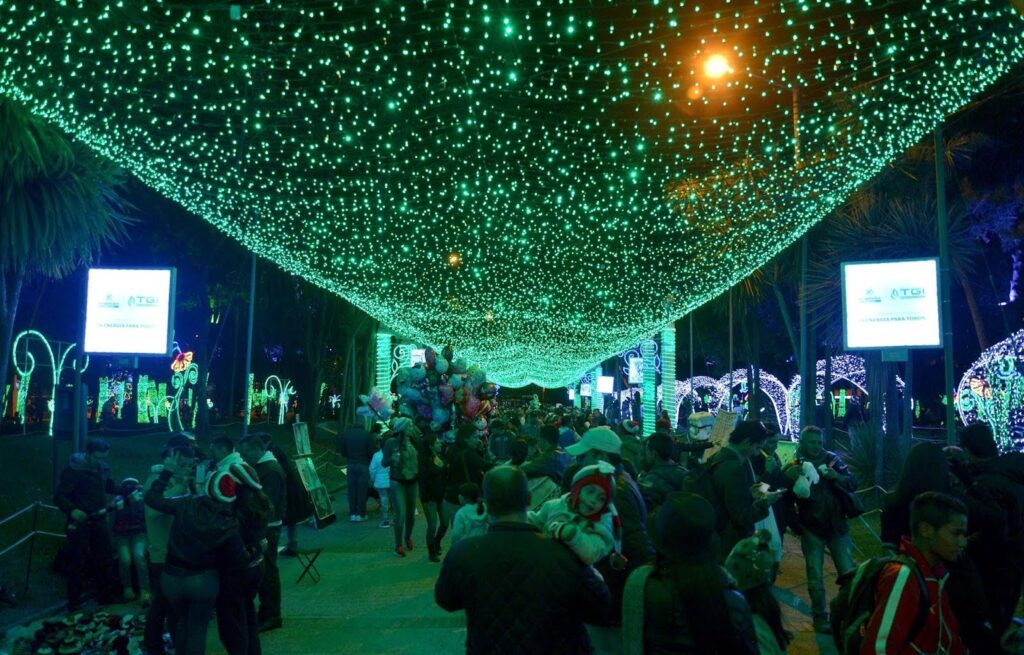
Today, the posadas celebration lasts nine consecutive nights leading to Christmas Day.
The posada season typically takes place from December 16th to the 24th, and are held both at churches and in local communities. Scriptures are read and Christmas carols are sung.
The posadas tradition is practiced in other Latin American countries—such as Guatemala, Cuba, Ecuador, Colombia, and Venezuela—as well as some parts in the United States, Spain, and the Philippines.
What Takes Place In A Traditional Mexican Posada Navideña?
The nine posadas of Advent are a very popular Christmas tradition in Mexico that embody all the warmth for which the country is best known for.
1. Pedir Posada
In Mexico, posadas are made up of several traditions, the most important being “pedir posada” (ask for shelter). In the Bible story, Mary and Joseph were not able to find a room in any of the posadas, or inns. However, the third innkeeper they tried offered his stable in which Baby Jesus was born.
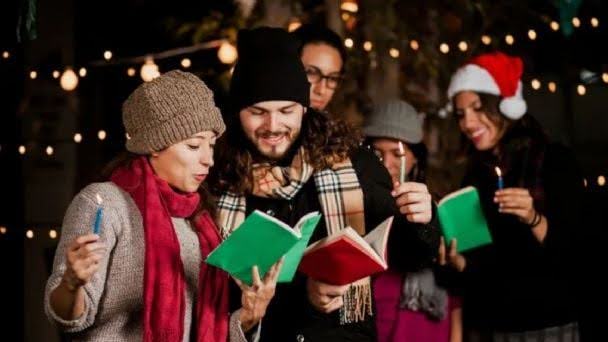
During the posada, guests reenact this event in a procession split into two groups, one outside asking for posada and one inside representing the innkeepers. Carols are sung back and forth until the pilgrims are eventually allowed to enter, just like Mary and Joseph.
2. Traditional Posada Food
In the evening, once the pilgrims are let inside the posada, guests are treated to a warm meal made up of traditional Mexican food we all love. Some traditional posada foods include:
Tamales
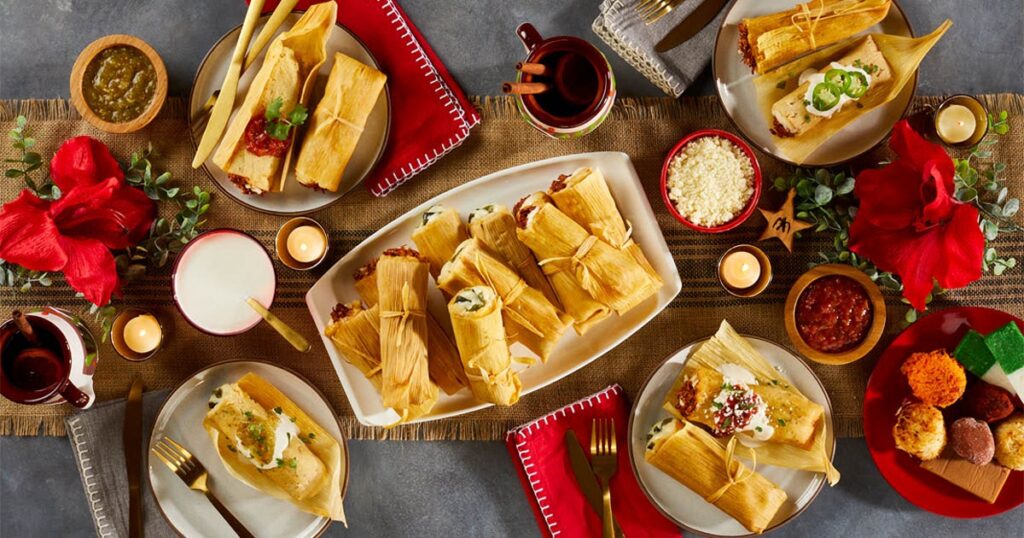
Tamales are a traditional Mesoamerican dish made of masa, a corn based dough mixture, meat, and vegetables, which is steamed in a corn husk or banana leaves (known as Oaxacan tamales). Sweet tamales include fruits and raisins, while savory tamales will often be made with salsa or mole.
Tacos de canasta
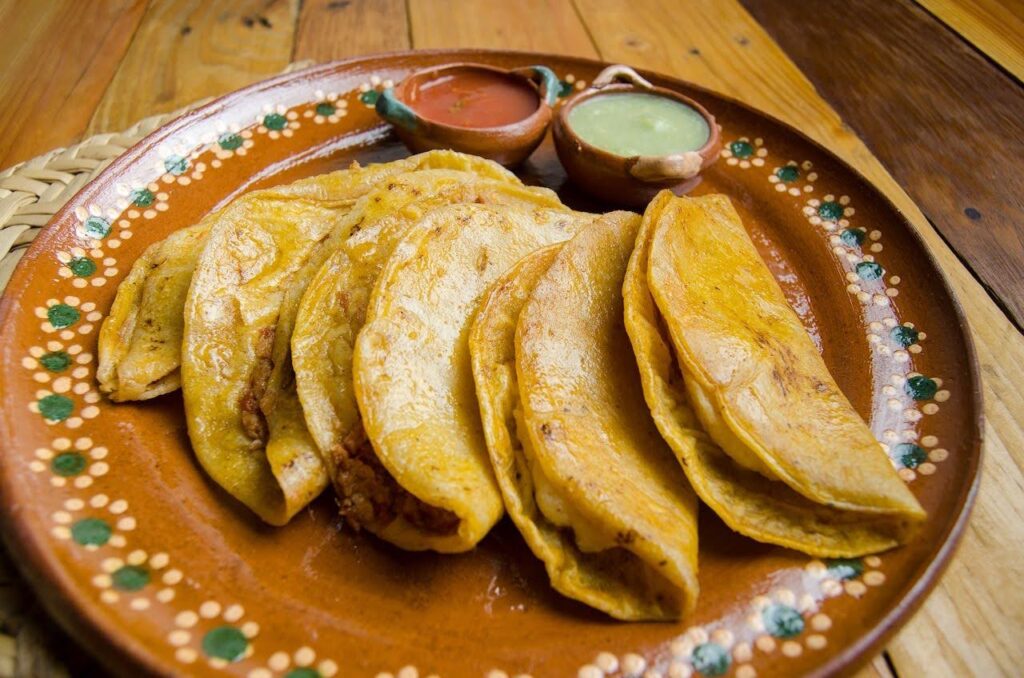
If you’re a Mexican food lover, you’ll know that not all tacos are made the same throughout the country. Tacos de canasta, or “basket tacos” in English, are very popular in Mexico City. Unlike other taco variations, tacos de canasta are steamed and typically filled with homemade stews: potatoes, chicharrón, beans, or adobo.
Hojaldras
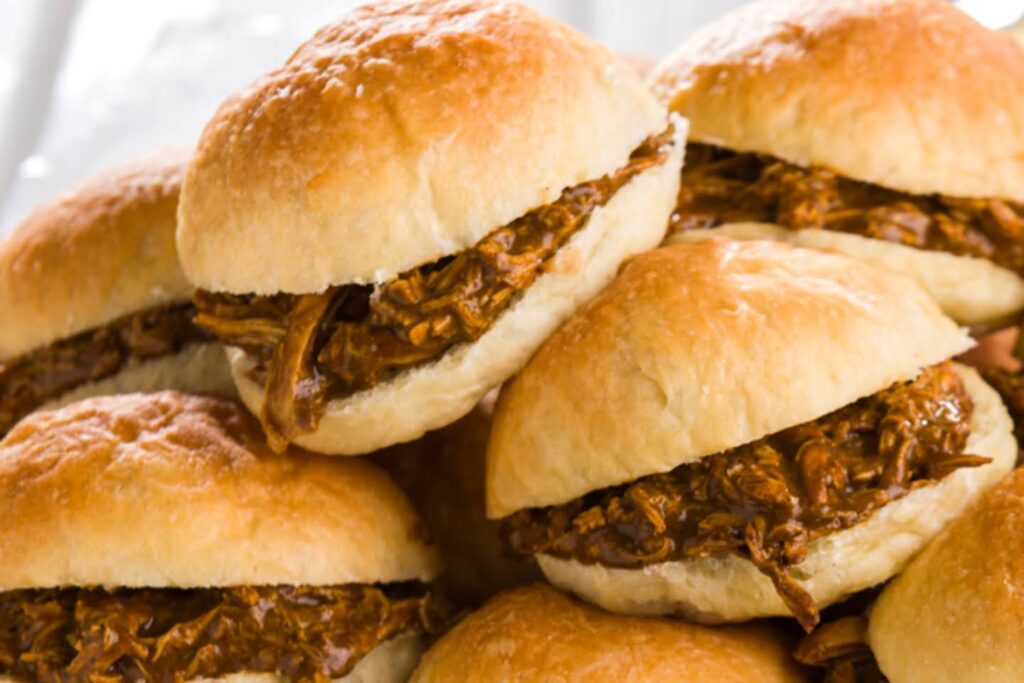
Hojaldras are to Mexicans, as sliders are to Americans: decadent and easy to devour. Mexican hojaldras are a typical dish from the southern parts of the country, consisting of soft mini buns filled with chicken mole, tuna, or potato salad.
Churros
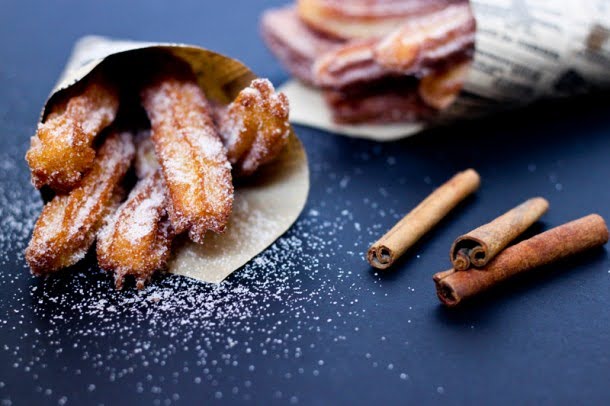
Churros are ridged sticks of deep-fried pastry coated in sugar—basically our own interpretation of doughnuts. Even though churros are a traditional pastry in Spain, Portugal, and other parts of Latin America, Mexican churros are slightly different in that they’re coated in both cinnamon and sugar. Plus, they’re a little longer.
Buñuelos
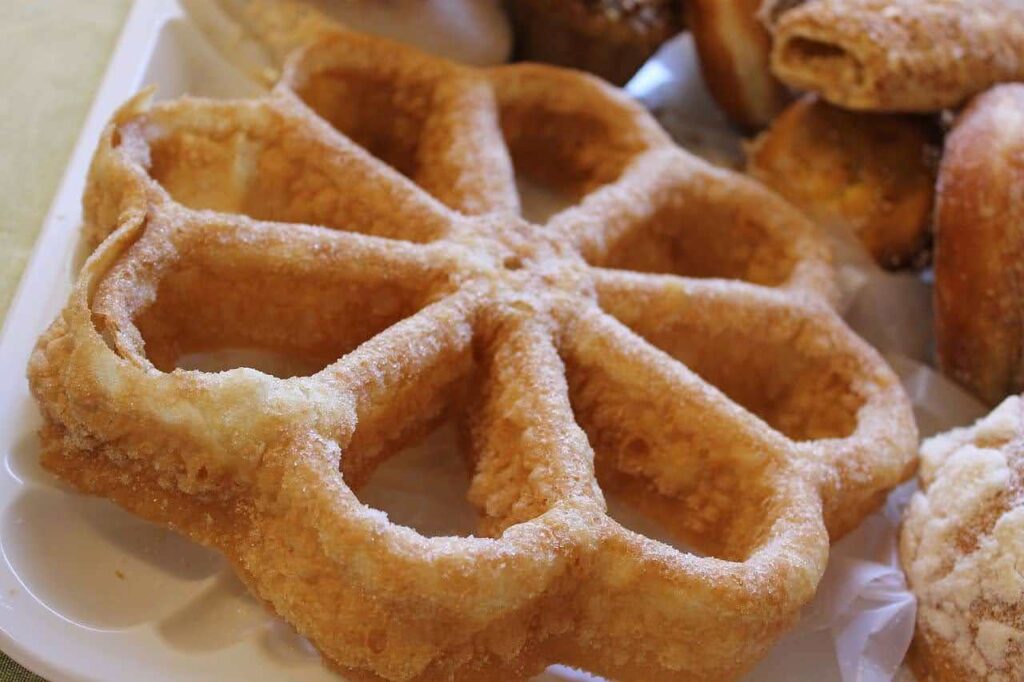
Buñuelos are a dessert made from fried dough and covered in cinnamon sugar. These delicious sweet fried pieces of heaven are a traditional staple in Mexican holidays. Traditional buñuelos are usually shaped as flattened flowers, but either shape is as addicting!
Ponche de frutas
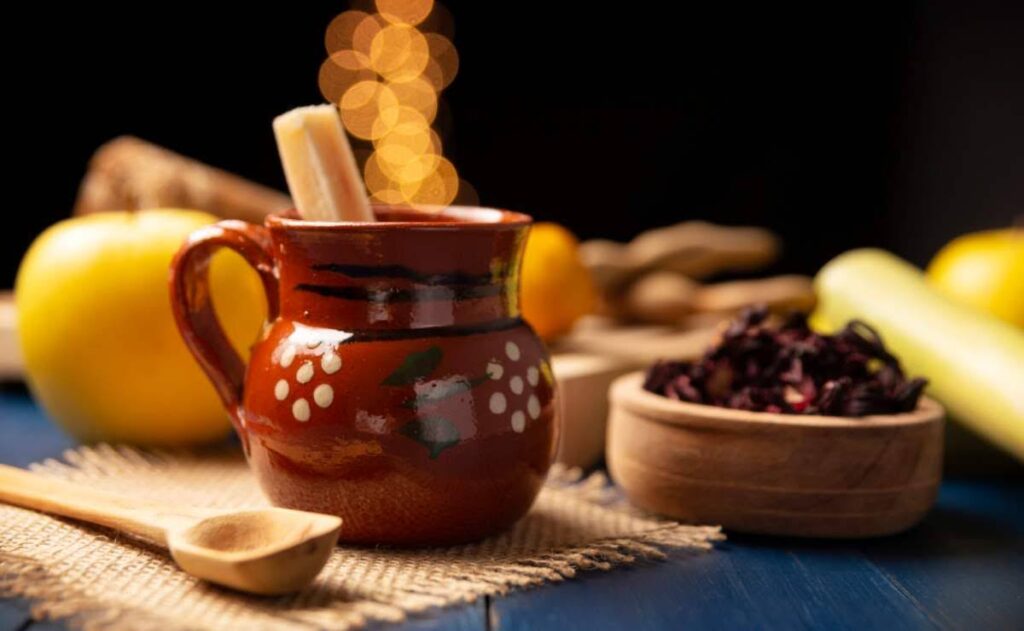
Ponche de frutas is literally translated to English as fruit punch. But, instead of it being a tangy refreshing drink, ponche de frutas is a hot Mexican drink usually served during the Christmas holidays. Flavorful, warm and comforting, Mexican ponche is made with apples, pears, oranges and guavas and spiced with cinnamon, cloves, tamarind and hibiscus.
Atole
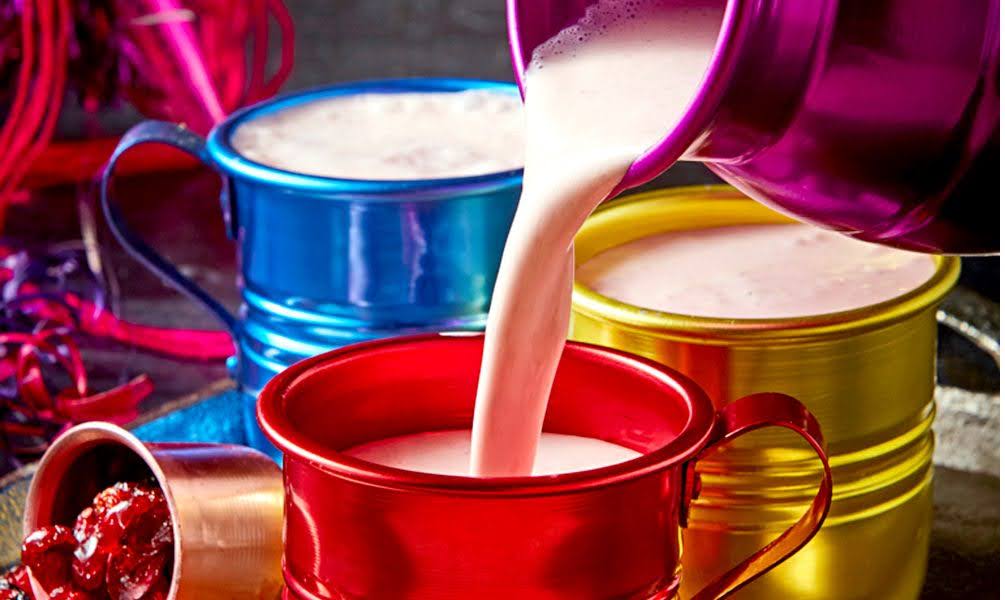
Atole is a traditional hot corn- and masa-based beverage of Mayan origin. The words atole and atol, come from the Nahuatl word atolli which means “watery.” This sweet, creamy and comforting hot drink has countless variations such as vanilla, cinnamon, and guava. Think of it as Mexican eggnog!
3. Piñatas
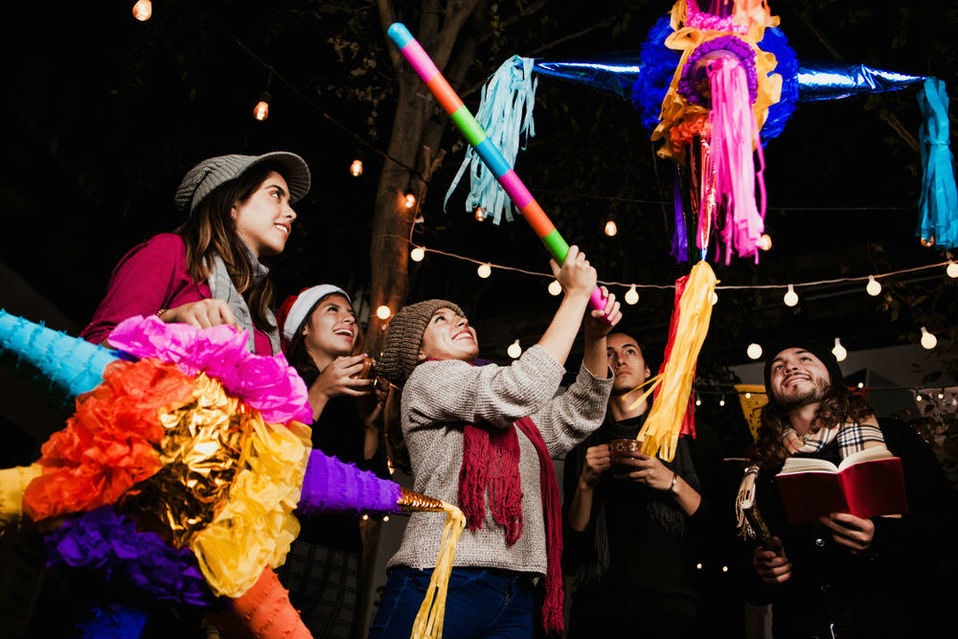
Piñatas are considered traditional Mexican folk art that originated with the posada tradition. Even though it’s very common to see them shaped in popular characters nowadays, piñatas have a biblical meaning.
Posada piñatas have a carton structure or clay pot body, covered in paper mache and adorned with colorful rice paper. Their characteristic seven-point shape represents both the star of Bethlaham and the seven sins, while being blindfolded represents one’s faith. The breaking of the piñata symbolizes defeating one’s sins.
Unlike birthday piñatas, posada piñatas are filled with fruits, nuts, and both traditional and modern Mexican candy—including chamoy candy, of course! This fruit and nut-based filling represents God’s gifts for salvation.
4. Fireworks

Fireworks represent light and happiness. As posada celebrations continue into the night, continued entertainment is typically led by spectacular fireworks, live music, and lots of dancing.
Traditionally, posada guests enjoy the fireworks with a heaping cup of hot ponche.
Posadas Are The Best Time To Learn About Mexico’s Christmas Traditions
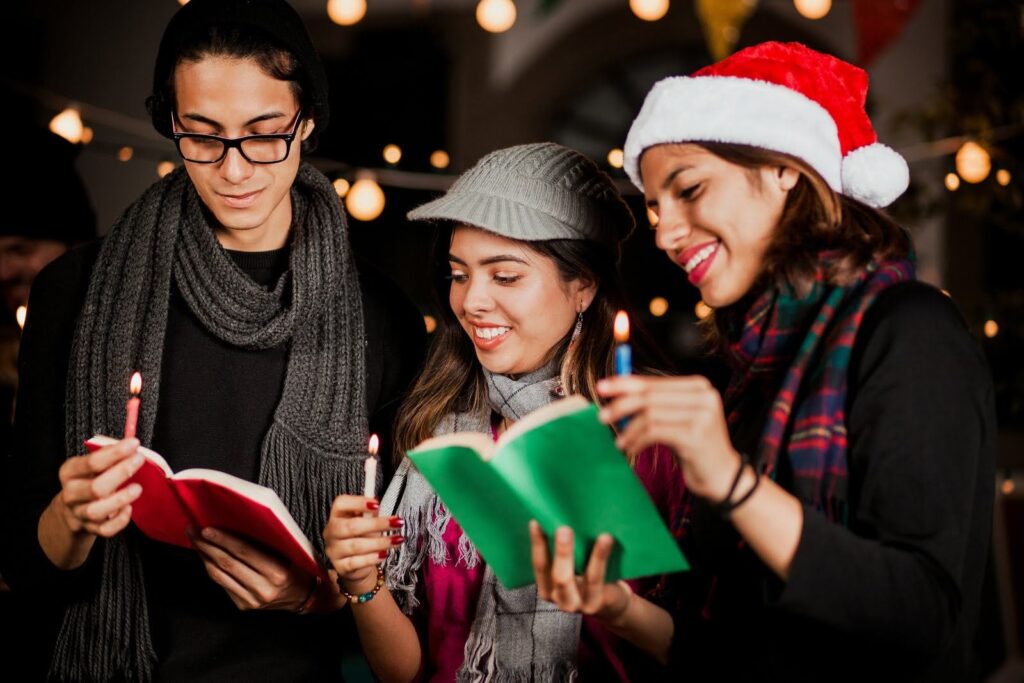
Christmas is a cherished time in Mexican culture. You’ll notice that in many parts of the United States with big Mexican communities, people will gladly join in the posada celebrations.
What better time to learn more about Mexican tradition than during the most wonderful time of the year!
Tell us, have you been to a Mexican posada Navideña?
